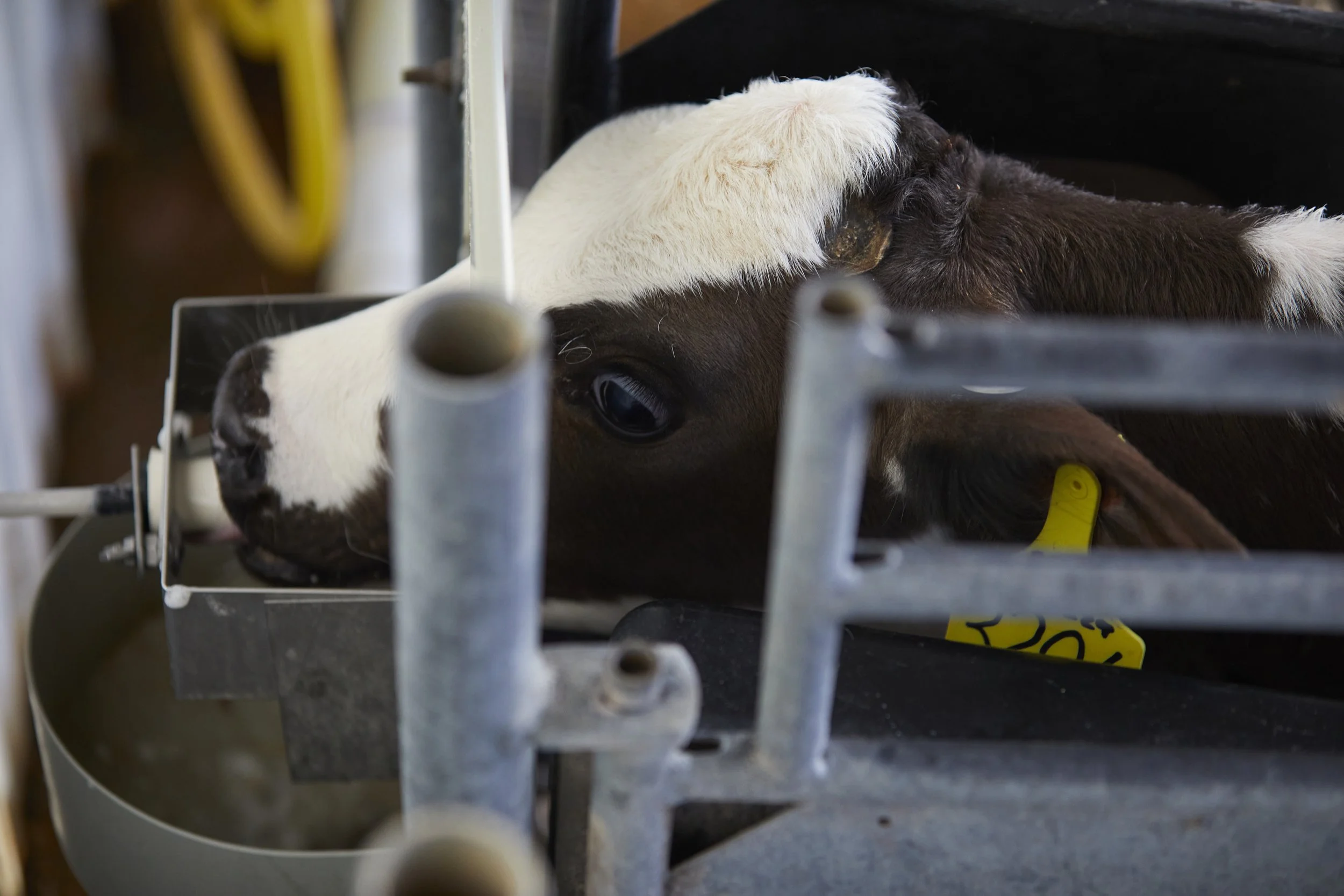The Merits of Mild Acidification of Liquid Calf Rations
Acidification of milk and milk replacer is a practice that has been around for a long time, with ebbs and flows of popularity. It involves adding an organic acid to lower the pH of the liquid ration to manage the growth of detrimental bacteria.
There are two methods of acidification – mild and heavy. Mild acidification involves lowering the pH to around 5.0 – 5.5, whereas heavy acidification produces a finished product that has a pH of 4.3 or lower. Both methods have merit, depending on the desired application at the farm. This article will focus on mild acidification.
Mild acidification is associated with common feeding practices in New Zealand as a way to feed milk replacer ad-libitum throughout the day to groups of pasture-raised calves. The milk replacer is mixed and then transported to the pastures where it is poured into mob feeders equipped with several nipples. Calves can then drink throughout the day, and a second feeding is usually offered to get them through the night. The pH is low enough to slow the growth of Gram-negative bacteria such as E. coli and Salmonella, but not completely prevent it.
“Highly cost-effective, adding less than $1.50 per bag to the finished product.”
Because milk replacer starts out with very little bacteria to begin with, and the feeding equipment is cleaned daily, this method works well to prevent outbreaks of disease caused by bad bacteria. Mild acidification is also easy to achieve from a manufacturing standpoint, as low amounts of approved acids such as citric and malic acids work well for this application. It is also readily accepted by calves, as the low level of acid has little impact on milk replacer intake.
In general, mild acidification can be a great tool for calf raisers to use. When included in a milk replacer, it can be used to deliver ad-libitum feeding with mob feeders or milk bars, versus more capital-intense auto-feeders, without having to worry about rampant bacterial growth. Producers using mild acidification often report that their calves are healthier and less susceptible to scours.
Acidification is an easy enhancement that can be made to any Strauss milk replacer. By adding the acid into the formulation during the manufacturing process, it is uniformly incorporated into every bag, and no additional on-farm steps are needed to feed it. It’s also highly cost-effective, adding less than $1.50 per bag to the finished product.
As our priorities and nutritional management methods evolve, mild acidification addresses three major “hot buttons” of modern calf management:
(1) It provides a low-overhead option for operations of all sizes to offer their calves more liquid nutrition via ad-libitum feeding. This higher plane of nutrition has been shown to improve calf performance and lifetime milk production.
(2) It enables ad-libitum feeding via a method that has a low labor requirement, as dairy and calf operations continue to struggle to find reliable workers to care for their calves.
(3) It provides a non-antibiotic approach to controlling disease, dialing in on our industry’s desire to reduce antibiotic use in food animal production.
These virtues make mild acidification an economical and non-antibiotic method of enhancing calf nutrition, health, performance, and profitability.



When Nick Zubke started his job in maintenance at Strauss Feeds in 2013, it was a homecoming of sorts. “I’m from Watertown and live in the house where I grew up, which is about 2 miles from the Strauss plant,” he shared. “The plant has been a part of our ‘neighborhood’ for my entire life.”